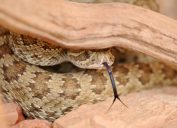"Very Large" New Spider Species Discovered—Here's Where There May Be Hiding
Researchers say the arachnids can have a body length of about two inches.
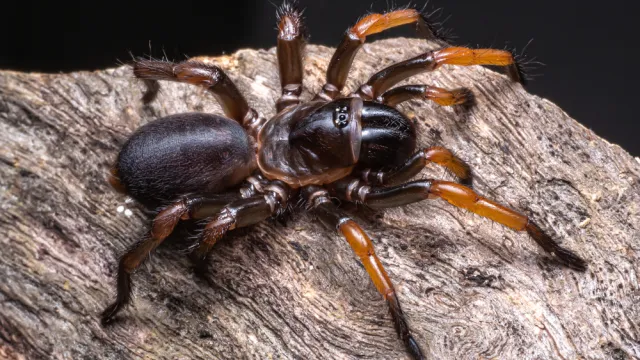
Despite how much humans assume we know about the environment, nature still has plenty of ways it can catch us off guard and take us by surprise. In some cases, this can mean dealing with an invasive species quickly making its way through a new area and upending the ecosystem. In others, it can involve coming across insects or animals we never even knew existed. And in the latest example, scientists say they've discovered a new species of spider they consider "very large." Read on for more information on this arachnid—and where it may be hiding.
READ THIS NEXT: 8 Ways You're Inviting Spiders Into Your Home, According to Experts.
Scientists have just discovered a new species of spider that can grow "very large."
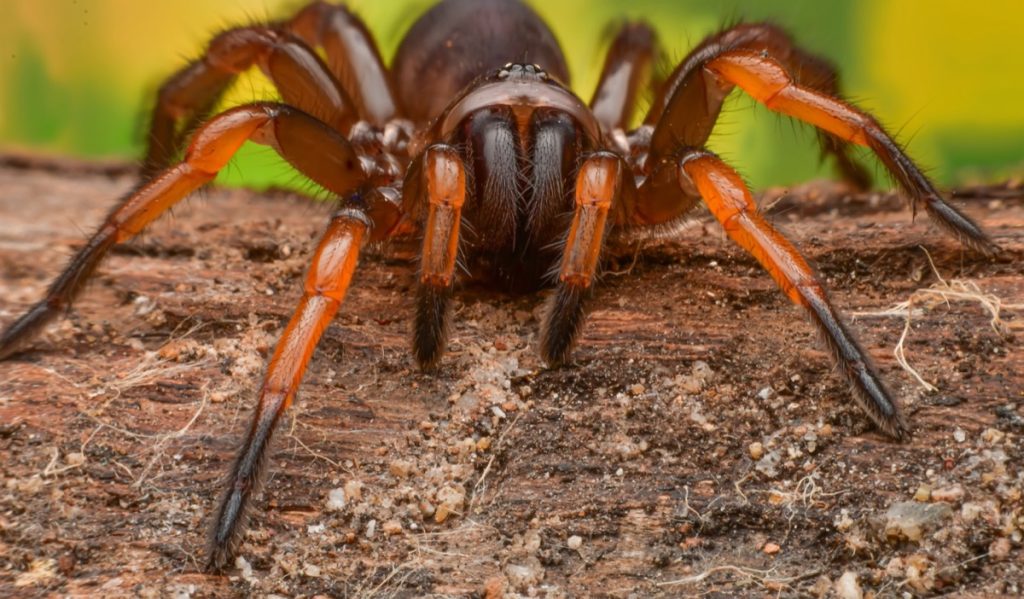
In an article published in the Journal of Arachnology on March 15, researchers at the Queensland Museum in Australia announced they had discovered a new species of spider after a four-year study.
The team said the arachnids could grow to be "very large," with females reaching as much as two inches in body length. Researchers said the species' name, Euoplos dignitas, reflected its bigger build.
"'Euoplos' is a group of trapdoor spiders—we call them the golden trapdoor spiders—and 'dignitas' is a Latin epithet that means dignity or greatness," Michael Rix, leader of the study and principal curator of arachnology at Queensland Museum, told the Australian Broadcasting Corporation (ABC).
Researchers have also established the spider's habitat and where it lives.
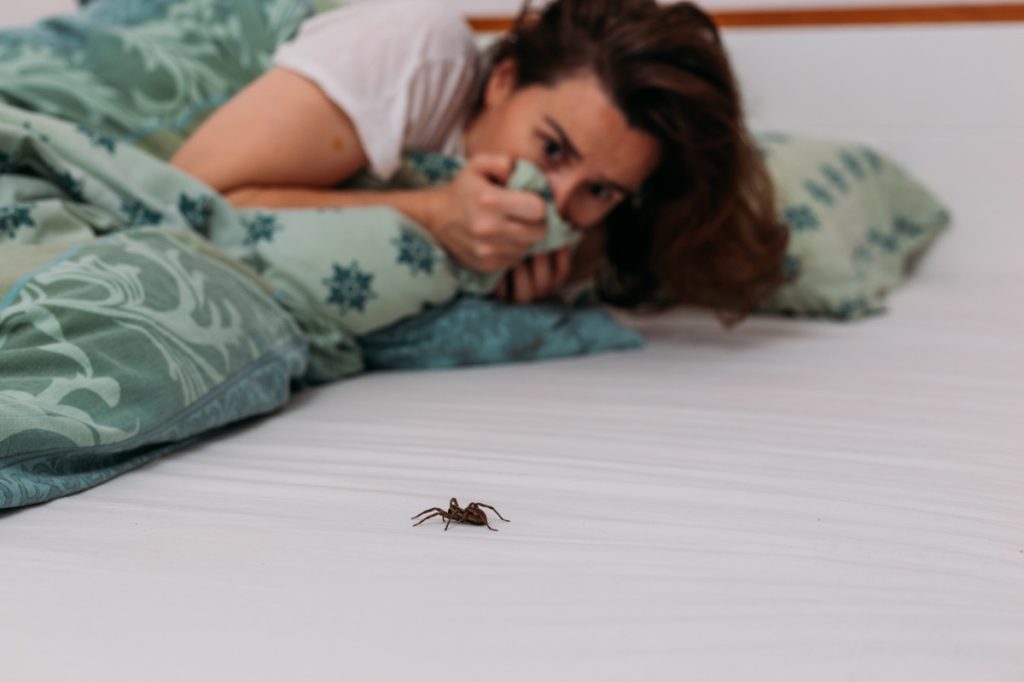
While the spider may be relatively big in size, it doesn't take up too much space on the map. The research team says the species lives in a particular type of black soil around Eidsvold and Monto in Queensland, Australia in a wooded grassland area known as the Brigalow Belt, Newsweek reports.
But could you find them in your home? Fortunately for arachnophobes who live in fear of coming across a new type of eight-legged visitor, it's a pretty unlikely scenario.
"When a species is a specialist, it means it is specifically adapted to living in a particular habitat, and typically can only thrive there," Charles van Rees, PhD, conservation scientist and naturalist at the University of Georgia (who was not involved with the study), tells Best Life. "You will typically only find it within the habitat for which it is specialized. In other words, unless your kitchen is a Brigalow forest, you're very unlikely to encounter one of these in your house—even if you live in Australia."
For more spider news delivered straight to your inbox, sign up for our daily newsletter.
However, they're also fantastic at hiding by their very nature.

While the new trapdoor spider may not be finding their way into your bed anytime soon, it's also unlikely you'd notice them in nature—even if you're actively looking for them.
"Unlike your typical household or garden spiders, they don't weave webs. Instead, they dig tunnels under the ground and live in them more or less full-time," explains van Rees. "Fascinatingly, they also build a gate or door at the ends of their tunnels, which they can use to lock up tight if they don't want company."
He says this hunting and living style acts as a form of natural camouflage that makes them very hard to find. "From the literature, it appears they probably feed much like other burrowing spiders: They hide just inside the entrance of their burrows, wait for prey to pass by, and run out and snatch it inside when the opportunity arises," he says.
The new species might already be threatened.
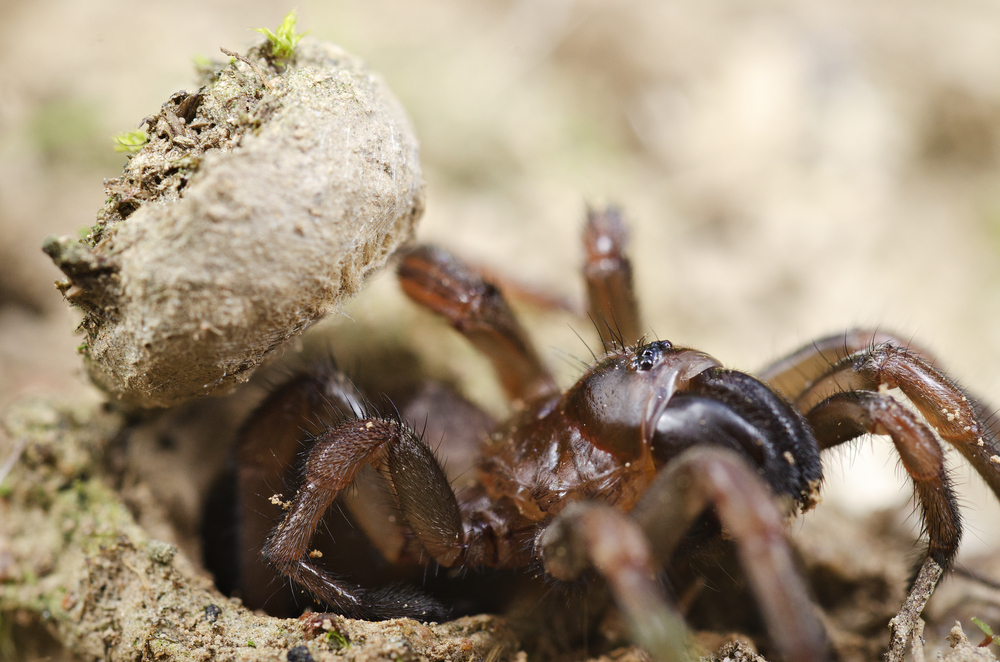
If you do ever find yourself face-to-face with a trapdoor spider, you likely won't have anything to worry about.
"They don't pose any threat to humans," says van Rees. "Spiders in this group, including tarantulas, often rely on brute force to overpower and kill prey, rather than super potent venom. This actually makes them much safer around people since they don't perceive us as food and would only bite if handled roughly without an option of escape."
Ironically, it's likely the spiders who have more to fear from humans in the end. According to Rix, the species is "rare and possibly quite threatened," noting that their habitat has been threatened due to clearing for livestock grazing and other uses.
"We're a little bit concerned for it," Rix told ABC. "They're not very good at getting around the landscape and dispersing—for example, compared to a flying insect," adding that he hopes to conduct more surveys of their native habitat to better understand their status.


